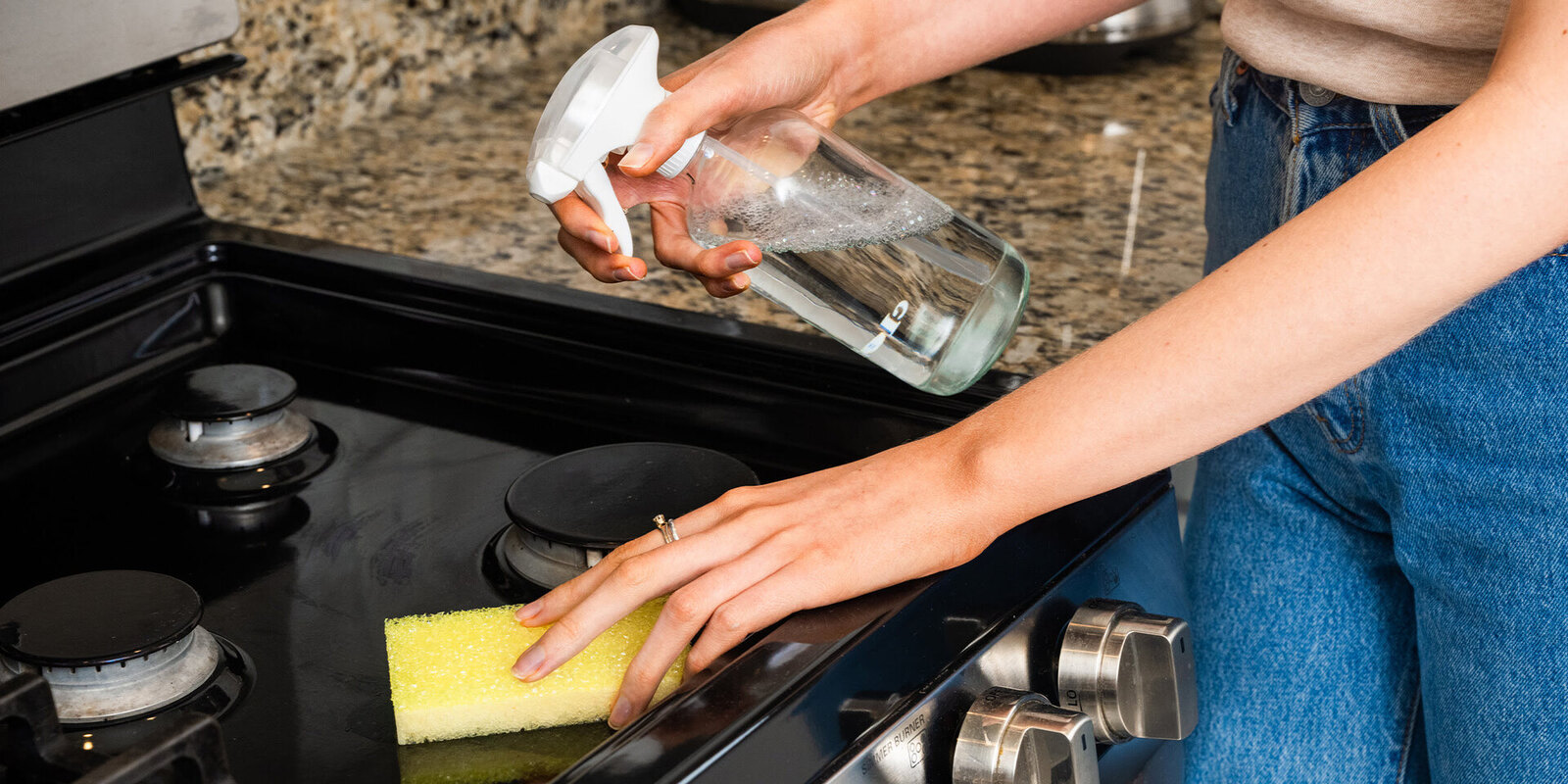

Articles
How Often Should You Clean The Stove Burners
Modified: January 19, 2024
Discover the ultimate guide on how often you should clean the stove burners in our informative Articles. Keep your kitchen safe and clean with these expert tips.
(Many of the links in this article redirect to a specific reviewed product. Your purchase of these products through affiliate links helps to generate commission for Storables.com, at no extra cost. Learn more)
Introduction
Keeping your stove burners clean is essential for maintaining a functional and efficient kitchen. Over time, cooking residues, grease, and food particles can accumulate on the burners, affecting their performance and even posing safety risks. But how often should you clean your stove burners?
The answer to this question depends on a variety of factors, including your cooking habits, the type of stove you have, and the level of cleanliness that you desire in your kitchen. In this article, we will explore the factors that affect stove burner cleaning frequency, provide a recommended cleaning schedule, and offer tips and tricks for effective stove burner maintenance.
Understanding the importance of regular stove burner cleaning begins with a deeper knowledge of how these essential kitchen components work. Stove burners consist of a metal element that generates heat when connected to a power source. When you cook, the burners become exposed to splatters, spills, and food debris, which can accumulate over time if not cleaned periodically.
The accumulation of residue on stove burners can have several negative consequences. Firstly, it can hinder the efficiency of the burner, resulting in uneven cooking and longer cooking times. Secondly, the residue can emit unpleasant odors, affecting the taste and aroma of your food. Lastly, a buildup of grease and food particles can pose fire hazards, increasing the risk of kitchen accidents.
While regular cleaning is essential, the frequency at which you should clean your stove burners depends on various factors. Firstly, consider your cooking habits. If you cook frequently and often prepare dishes that involve high-heat cooking methods, such as frying or sautéing, your burners are likely to accumulate more residue and should be cleaned more frequently.
The type of stove you have also influences the cleaning frequency. Gas stoves, for example, have burners with small openings that can easily get clogged with debris. In this case, frequent cleaning is necessary to ensure optimal performance. Electric stoves, on the other hand, may not require as frequent cleaning as gas stoves but should still be cleaned regularly to prevent buildup. Additionally, induction stoves have a smooth surface, which makes them easier to clean but still require regular maintenance.
Lastly, personal preference plays a role in determining the cleaning schedule. If you strive for a spotless kitchen and enjoy the satisfaction of having clean burners, you might opt to clean them more often compared to someone who is less concerned about the appearance of their stove burners.
In the following sections, we will provide a recommended cleaning schedule for stove burners, signs that indicate when your burners need cleaning, a step-by-step guide for effective cleaning, common mistakes to avoid, and maintenance tips to keep your stove burners in pristine condition.
Key Takeaways:
- Regularly clean stove burners based on cooking habits, stove type, and personal preference to ensure optimal performance, safety, and a clean kitchen environment.
- Follow a recommended cleaning schedule, watch for signs of buildup, and avoid common cleaning mistakes to maintain efficient and safe stove burners.
Understanding Stove Burners
Stove burners are the workhorses of the kitchen, responsible for generating the heat necessary to cook your meals. Understanding how they function can help you appreciate the importance of keeping them clean and well-maintained.
Stove burners come in different types, including gas, electric, and induction burners. Gas burners use a flame produced by a controlled release of natural gas or propane to generate heat. Electric burners, on the other hand, use electrical resistance to generate heat, while induction burners use electromagnetic fields to generate heat directly in the cookware.
Regardless of the type, stove burners consist of a metal element that is in direct contact with heat sources. This metal element is designed to distribute heat evenly across the bottom of the cookware, allowing for efficient and even cooking.
Gas burners typically have small openings called ports, through which the gas is released, creating a flame when ignited. These ports can easily become clogged with food particles, grease, or other residues if not cleaned regularly. Cleaning gas burners involves removing and cleaning the burner caps, as well as using a brush or a pin to clean the ports.
Electric burners, on the other hand, have a flat surface with electric coils or solid electric heating elements. These elements heat up when electricity flows through them, transferring the heat to the cookware placed on top. Electric burners are relatively easier to clean compared to gas burners. Simply remove the heating elements, clean the surface, and wipe away any residues.
Induction burners work differently from gas and electric burners. They use magnetic fields to generate heat directly in the cookware. The surface of an induction burner is smooth and made of glass or ceramic, making it easy to clean. However, it is still important to clean any spills or residues that may have accumulated on the surface.
No matter the type of burner, regular cleaning is crucial to maintain their performance and longevity. A clean burner ensures that heat is evenly distributed, preventing hotspots and ensuring your food cooks properly. Additionally, clean burners are more energy-efficient, as there are no obstructions that could hinder heat transfer.
In summary, understanding stove burners allows us to appreciate their role in cooking and highlights the importance of keeping them clean. Whether you have gas, electric, or induction burners, regular cleaning and maintenance will ensure optimal performance and safe cooking in your kitchen.
Factors Affecting Stove Burner Cleaning Frequency
The frequency at which you should clean your stove burners depends on various factors. Understanding these factors will help you determine how often you need to dedicate time to clean your burners. Let’s explore the key factors affecting stove burner cleaning frequency:
1. Cooking Habits
Your cooking habits play a significant role in determining how quickly your stove burners accumulate residues. If you frequently cook foods that involve high-heat cooking methods like frying, sautéing, or grilling, your burners are more likely to be exposed to grease splatters, food spills, and residue buildup. In such cases, it is recommended to clean your burners more frequently, perhaps on a weekly or bi-weekly basis.
2. Type of Stove
The type of stove you have can also impact the frequency of burner cleaning. Gas burners tend to have small openings called ports, which can get clogged with debris over time. This can affect the flame quality and heat distribution. Therefore, gas burners usually require more frequent cleaning compared to electric or induction burners. Electric burners, especially those with coil elements, may also require regular cleaning to remove food drippings and spills that can stick to the surface.
Read more: How Often Should You Clean Dishwasher
3. Personal Preference
Your personal preference for cleanliness and aesthetics also influences how often you clean your stove burners. If you are someone who takes pride in a spotless kitchen and enjoys the satisfaction of having clean burners, you may choose to clean them more frequently. On the other hand, if you are less concerned about the appearance and prioritize functionality, you might opt for less frequent cleaning.
4. Residue Buildup
Observing the amount of residue buildup on your stove burners can serve as a guide for cleaning frequency. If you notice significant amounts of grease, food particles, or discoloration on the burners, it’s an indication that they need cleaning. Regularly inspecting your burners and assessing the level of buildup will help you determine when they require attention.
5. Manufacturer Recommendations
Manufacturer guidelines and recommendations can provide valuable insight into the cleaning frequency for your specific stove model. It is advisable to consult the instruction manual or the manufacturer’s website for any specific recommendations or cleaning instructions for your stove burners.
By considering these factors, you can establish a cleaning routine that suits your needs, ensuring that your stove burners remain in optimal condition and operate efficiently. Cleaning your burners regularly not only improves their performance but also enhances the safety and functionality of your kitchen.
Recommended Cleaning Schedule for Stove Burners
Establishing a regular cleaning schedule for your stove burners is essential to ensure their optimal performance and longevity. While the frequency of cleaning may vary based on individual circumstances, the following recommendations can serve as a general guideline:
Read more: How To Clean Kitchen Stove Burners
1. Daily Maintenance
Performing daily maintenance tasks can help prevent the buildup of residues on your stove burners. After each use, wipe down the burners with a damp cloth or sponge to remove any spills, food particles, or grease. This simple step can go a long way in keeping your burners clean and free from major buildup.
2. Weekly Cleaning
Plan for a more thorough cleaning session at least once a week. Turn off the stove and allow the burners to cool completely before beginning the cleaning process. Remove any removable parts such as burner caps and grates, and soak them in warm soapy water for a few minutes. Use a soft brush or sponge to scrub away any stubborn residue. For gas burners, pay special attention to the ports and use a pin or a small wire brush to unclog them. Rinse the parts thoroughly and allow them to air dry before reassembling them back onto the stove. Don’t forget to wipe down the surface of the stove as well.
3. Monthly Deep Cleaning
Once a month, set aside time for a more comprehensive deep cleaning of your stove burners. This is particularly important for gas burners, as they can accumulate more stubborn residues over time. Remove all removable parts and soak them in warm soapy water for a longer duration, such as overnight. Use a toothbrush or a soft brush to scrub away any remaining buildup. If necessary, use a mild abrasive cleaner or a paste made of baking soda and water for tougher stains. Rinse the parts thoroughly and allow them to dry completely before reassembling them.
4. Seasonal Maintenance
In addition to regular cleaning, it is advisable to perform seasonal maintenance on your stove burners. This involves a more thorough inspection and cleaning of all the components. Check for any signs of wear and tear, rust, or damage. Replace any damaged parts as needed. Clean the burners, ports, and surrounding areas to remove any accumulated grime or dust. This seasonal maintenance will keep your burners in optimal condition and help prevent any potential problems.
Remember, these cleaning schedules are recommended guidelines, and you may need to adjust them based on your specific cooking habits and the condition of your stove burners. Regular cleaning and maintenance will not only ensure efficient stove performance but also contribute to the overall cleanliness and safety of your kitchen environment.
Read more: How Often Should You Clean A Kitchen?
Signs That Your Stove Burners Need Cleaning
Regularly cleaning your stove burners is essential for maintaining their performance and safety. But how do you know when it’s time to give your burners a thorough cleaning? Look out for the following signs that indicate your stove burners need cleaning:
1. Visible Buildup
If you notice a visible buildup of grease, food particles, or residue on the surface of your stove burners, it’s a clear sign that they need cleaning. Look for discolored or sticky patches on the burners, burner caps, or grates. An accumulation of residue not only affects the appearance of your burners but can also negatively impact their functionality.
2. Uneven Flame or Heat Distribution
If you have gas burners, pay attention to the flame quality. If you notice that the flame is yellow or uneven, it could be an indication of clogged ports or a dirty burner. A clean burner will produce a blue flame that is consistent and even. Additionally, if your burners are not distributing heat evenly, with certain areas heating up quicker than others, it suggests that there may be residue buildup affecting the burner’s performance.
3. Lingering Odors
If you detect unpleasant odors when you cook, even after you’ve thoroughly cleaned your cookware, it could be a sign that your stove burners need cleaning. The accumulation of grease and food residues can emit foul smells when heated, impacting the taste and aroma of your food.
Read more: How Often Should You Clean A Toilet
4. Sputtering or Popping Sounds
If you hear unusual sounds, such as sputtering or popping, while using your burners, it could indicate that there is debris or residue obstructing the flow of gas or affecting the heating elements. Getting rid of the buildup by cleaning the burners can help resolve these issues and ensure safe and efficient operation.
5. Difficulty Lighting the Burners
If you find it increasingly difficult to light your gas burners, it could be due to clogged ports or a dirty igniter. Cleaning the burners will help restore proper ignition and ensure a consistent flame.
6. Excessive Smoke or Flames
If you notice excessive smoke or flames coming from your burners when you cook, it could be a sign that they need cleaning. Accumulated grease or food residues can ignite and cause flare-ups, posing a fire hazard. Cleaning the burners will help prevent these safety risks.
As a general rule of thumb, even if you don’t observe any of these signs, it’s still a good practice to include regular cleaning of your stove burners in your household cleaning routine. By keeping your burners clean and well-maintained, you’ll ensure optimal performance, minimize safety risks, and enjoy a clean and efficient kitchen environment.
Step-by-Step Guide to Cleaning Stove Burners
Cleaning your stove burners may seem like a daunting task, but with the right approach and some simple steps, you can easily restore them to their optimal condition. Follow this step-by-step guide to effectively clean your stove burners:
Read more: How To Clean Commercial Stove Burners
Step 1: Safety First
Before you begin cleaning, ensure that the stove is turned off, and the burners have completely cooled down. This will prevent any accidents or burns during the cleaning process.
Step 2: Remove Burner Caps and Grates
Take out the removable components, such as burner caps and grates, from the stove. If they are heavily soiled, you can soak them in warm soapy water while you clean the rest of the burners.
Step 3: Wipe Down the Surface
Using a damp cloth or sponge, wipe down the surface of the stove around the burners. Remove any loose debris, spills, or residue. If there are stubborn stains or dried-on food particles, you can use a mild kitchen cleaner or a paste made of baking soda and water to gently scrub away the stains.
Step 4: Clean the Burner Caps and Grates
If you have soaked the burner caps and grates, take them out of the soapy water and scrub them with a soft brush or sponge. Pay attention to any stubborn stains or residue and use a mild abrasive cleaner if needed. Rinse them thoroughly with water and allow them to dry before placing them back onto the stove.
Read more: How To Clean Under The Stove Burners
Step 5: Clean the Burner Heads
If you have gas burners, the burner heads can become clogged with food particles or grease. Use a brush or a pin to carefully clean the small openings (ports) to remove any debris. Make sure all the ports are clear and free from blockages. Avoid using any sharp objects that could damage the ports.
Step 6: Wipe Down the Burners
Take a damp cloth or sponge and wipe down the burners, removing any remaining residue or dirt. For electric burners, ensure that they have cooled down completely before wiping them.
Step 7: Reassemble the Components
Once all the components are clean and dry, reassemble them back onto the stove. Make sure the burner caps and grates are properly aligned and in their correct positions.
Step 8: Final Touches
Lastly, give the stove a final wipe-down to remove any lingering residue or cleaning agents. Ensure that the burners are completely dry before turning on the stove or using them for cooking.
Following these step-by-step instructions on a regular basis will help keep your stove burners clean and functioning optimally. Remember, a clean stove not only enhances the appearance of your kitchen but also ensures efficient and safe cooking.
Read more: How To Clean Flat Stove Burners
Common Mistakes to Avoid When Cleaning Stove Burners
Cleaning stove burners is an important task to maintain their performance and prolong their lifespan. However, there are some common mistakes that people make when cleaning their stove burners. By avoiding these mistakes, you can ensure a more effective and safe cleaning process. Here are some common mistakes to avoid:
1. Lack of Safety Precautions
One of the biggest mistakes people make is neglecting safety precautions when cleaning their stove burners. Always ensure that the stove is turned off, and the burners have cooled down completely before starting the cleaning process. This will prevent any accidental burns or injuries.
2. Using Harsh Chemicals
When cleaning your stove burners, avoid using harsh chemicals or abrasive cleaners. These can damage the surface of the burners, especially if they are made of glass or ceramic. Instead, opt for mild dish soap, baking soda, or vinegar solutions that are gentle yet effective at removing grease and grime.
3. Scrubbing Too Aggressively
While it’s important to scrub away any stubborn residue, avoid scrubbing too aggressively, especially if you have gas burners. Scrubbing too hard can damage the burner ports or clog them further with debris. It’s best to use a soft brush or a toothbrush to gently clean the burners and ports.
Read more: How To Clean Stove Burners And Grates
4. Neglecting Small Parts
When cleaning stove burners, it’s common to focus on the main components and overlook the smaller parts, such as burner caps and grates. These small parts can accumulate grease and food particles, affecting the overall cleanliness and functionality. Remember to remove and clean these parts separately to ensure a thorough cleaning.
5. Skipping Regular Cleaning
Another mistake is skipping regular cleaning of the stove burners. Regular maintenance is crucial to prevent the buildup of residue and to maintain optimal performance. By incorporating stove burner cleaning into your regular cleaning routine, you can avoid the need for more intensive cleaning and ensure that your burners remain in good condition.
6. Using Excessive Water or Moisture
Excessive water or moisture can damage your stove burners, especially if they are gas burners. Avoid soaking the burners in water or using excessive amounts of liquid when cleaning. Instead, use a damp cloth or sponge to wipe away dirt and residue. Make sure to dry the burners thoroughly before reassembling and using them.
7. Ignoring Manufacturer Recommendations
Finally, ignoring the manufacturer’s recommendations for cleaning can lead to improper cleaning practices. Refer to the instruction manual or the manufacturer’s website for specific cleaning instructions for your stove burners. Following these recommendations will help you avoid any potential damage and ensure that your burners remain in optimal condition.
By avoiding these common mistakes, you can ensure a more effective, safe, and efficient cleaning process for your stove burners. Regular and proper cleaning will not only keep your burners looking clean but also contribute to their performance and longevity.
Read more: How To Clean Coil Stove Burners
Maintenance Tips to Keep Stove Burners Clean
Keeping your stove burners clean and well-maintained is essential for their optimal performance and longevity. Implementing a few maintenance tips can help prevent excessive buildup and make the cleaning process easier. Here are some tips to keep your stove burners clean:
1. Wipe Spills Immediately
Whenever there is a spill or splatter on the stove burners, wipe it up immediately. This prevents the buildup of residue and makes it easier to clean later. Use a damp cloth or sponge to wipe away any spills or stains as soon as they occur.
2. Use Burner Liners
Consider using burner liners or protectors on your stove burners. These are heat-resistant mats that fit over the burners and catch any spills or grease. They are easy to clean and can be removed and replaced as needed, saving you time and effort in cleaning the burners themselves.
3. Regularly Clean Removable Parts
The removable parts of the stove burners, such as burner caps and grates, should be cleaned regularly. Remove them and soak them in warm soapy water to remove any greasy residue or food particles. Scrub them gently with a brush to remove stubborn stains. Make sure to rinse and dry them thoroughly before reassembling them on the stove.
Read more: How To Clean Whirlpool Stove Burners
4. Clean Non-Removable Parts
In addition to removable parts, the non-removable components of the stove burners should also be cleaned regularly. Use a damp cloth or sponge to wipe down the surface of the burners, removing any residue or spills. For gas burners, pay attention to the ports and use a brush or pin to unclog any debris that may have accumulated.
5. Avoid Harsh Abrasives
When cleaning stove burners, avoid using harsh abrasives or scouring pads. These can damage the surface of the burners, especially if they are made of glass or ceramic. Instead, opt for milder cleaning solutions like mild dish soap, baking soda, or vinegar. These are effective at removing grease and grime without causing damage.
6. Regularly Inspect and Replace Damaged Parts
Regularly inspect your stove burners for any signs of wear, damage, or rust. Replace any damaged parts as necessary. Damaged or worn-out burner caps, grates, or other components can affect the performance of the burners and hinder proper cleaning. Replacing them will ensure optimal functionality.
7. Practice Regular Maintenance
Lastly, incorporate regular maintenance into your cleaning routine. Set aside time to check and clean the burners on a weekly or monthly basis, depending on your cooking frequency. By making stove burner maintenance a habit, you can prevent excessive buildup and keep your burners in good condition.
By following these maintenance tips, you can keep your stove burners clean, efficient, and functional. Regular cleaning and maintenance not only improve cooking performance but also contribute to the overall cleanliness and safety of your kitchen environment.
Read more: How To Clean Brass Stove Burners
Conclusion
Maintaining clean and well-functioning stove burners is crucial for a functional and safe kitchen. By understanding the factors that affect stove burner cleaning frequency, you can establish a cleaning routine that suits your cooking habits and preferences. Regular cleaning, along with proper maintenance, ensures optimal performance, enhances safety, and extends the lifespan of your stove burners.
Throughout this article, we’ve explored various aspects of stove burner cleaning, including understanding stove burners, factors that affect cleaning frequency, a recommended cleaning schedule, signs indicating the need for cleaning, a step-by-step guide, common mistakes to avoid, and maintenance tips.
Remember that your cooking habits, type of stove, personal preference, residue buildup, and manufacturer recommendations all play a role in determining how often you should clean your stove burners. It’s important to adapt the cleaning schedule to suit your specific circumstances.
Regular maintenance and cleaning of your stove burners not only keep them looking clean and aesthetically pleasing but also ensure efficient and even cooking. Regular wiping of spills, using burner liners, cleaning removable and non-removable parts, and avoiding harsh abrasives are all essential in maintaining clean and well-performing burners.
By practicing regular maintenance and adopting proper cleaning techniques, you can prevent the buildup of grease, food particles, and residue on your stove burners. This will not only enhance their performance but also contribute to a cleaner and safer kitchen environment.
In conclusion, prioritize the cleanliness and maintenance of your stove burners to preserve their functionality, extend their lifespan, and ensure an enjoyable cooking experience. By following the guidelines and tips provided in this article, you can keep your stove burners in pristine condition, ready to serve you delicious meals for years to come.
Frequently Asked Questions about How Often Should You Clean The Stove Burners
Was this page helpful?
At Storables.com, we guarantee accurate and reliable information. Our content, validated by Expert Board Contributors, is crafted following stringent Editorial Policies. We're committed to providing you with well-researched, expert-backed insights for all your informational needs.
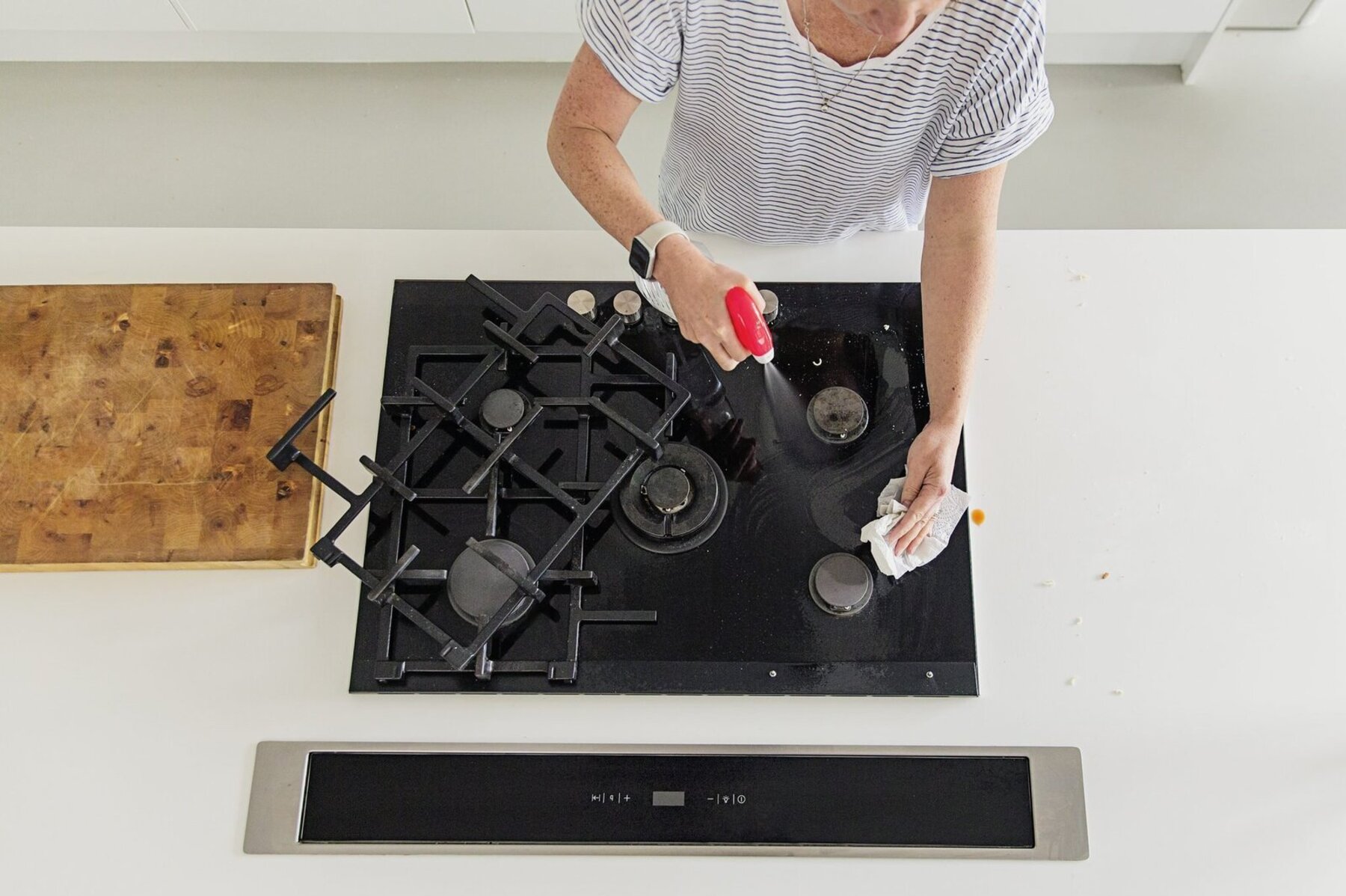
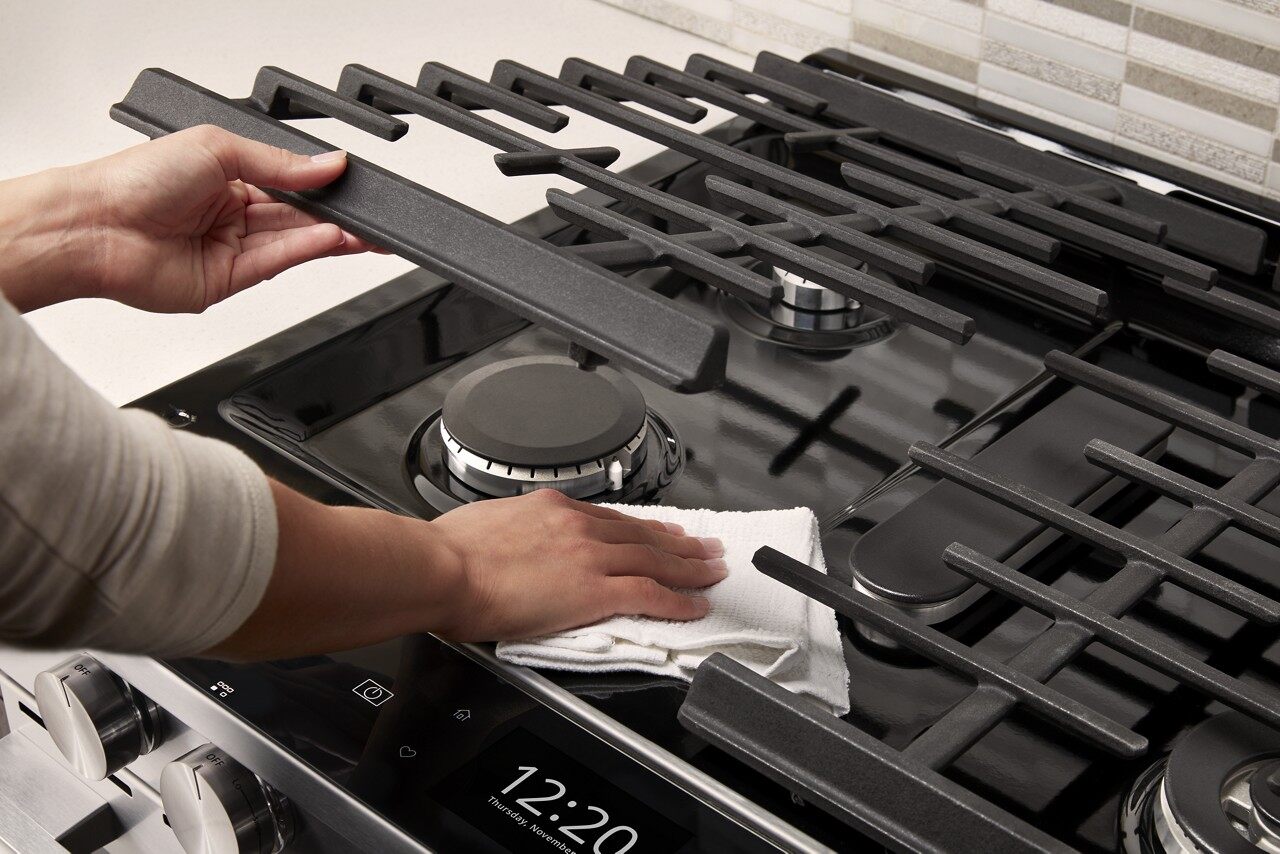
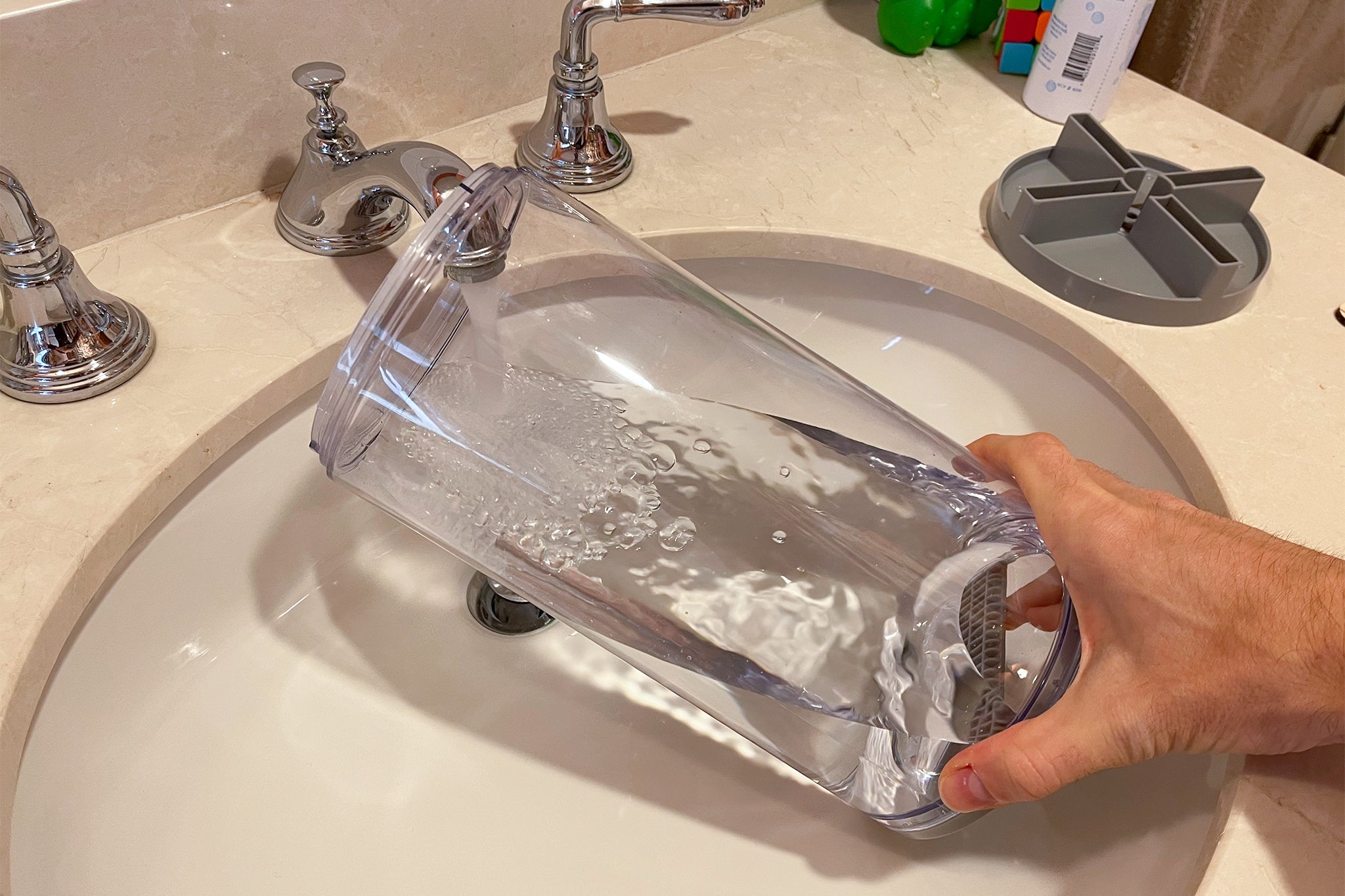
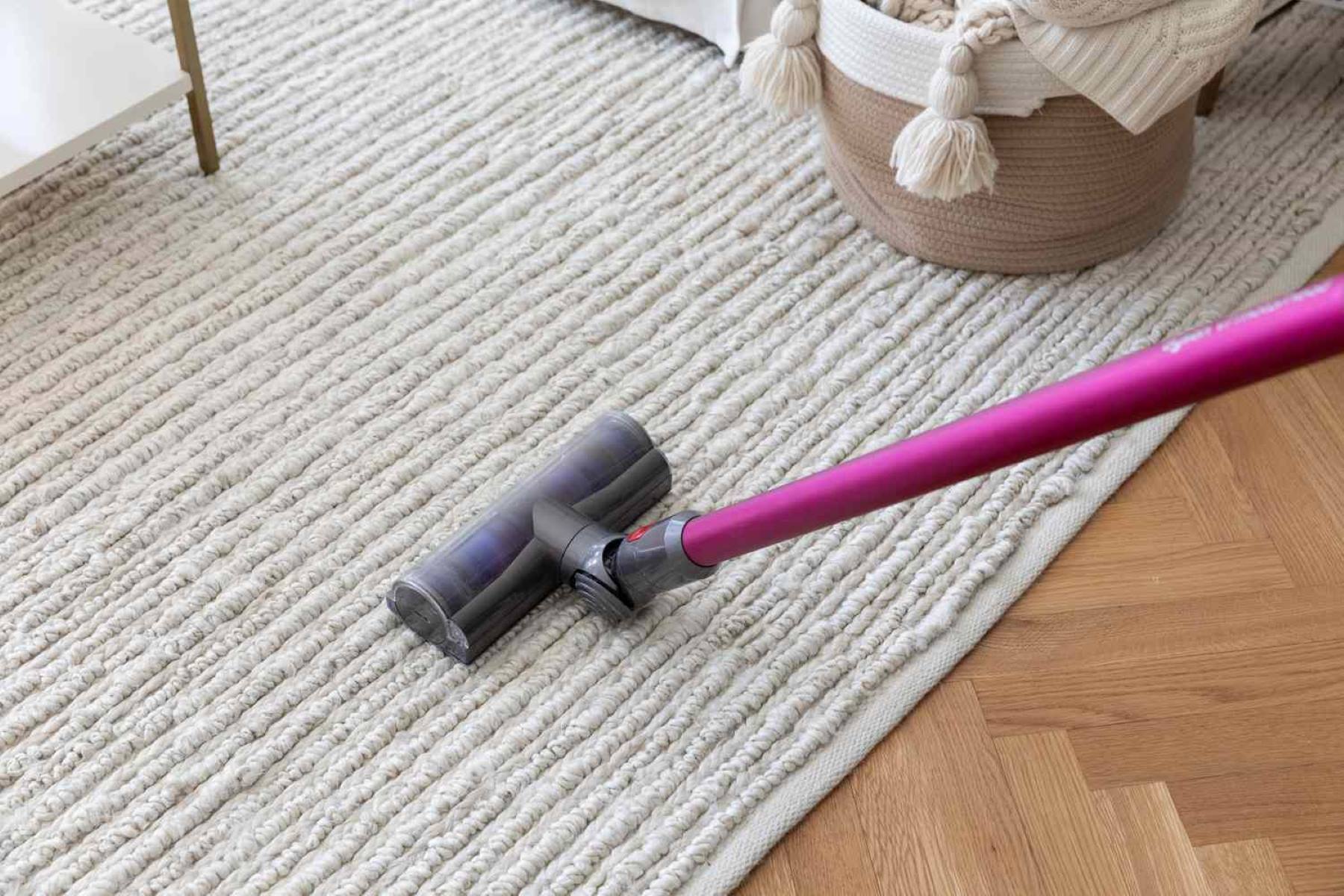

0 thoughts on “How Often Should You Clean The Stove Burners”